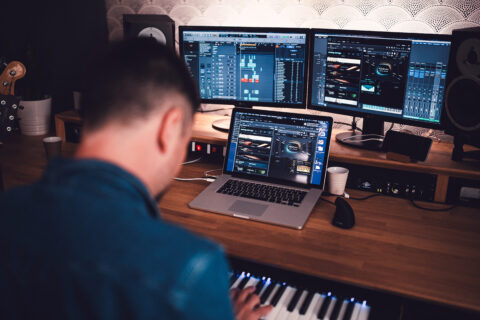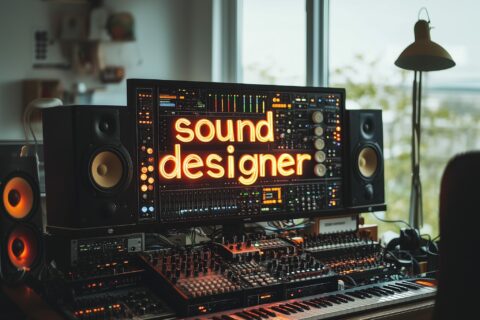Welcome to the sometimes little-known world of sound design, the subtle art that envelops our senses without always being noticed.
What is Sound Design ?
It plays a key role in many creative and cultural fields. Films, videos, podcasts, advertising, video games, the list is long! Sound design uses sound as a raw material for a specific purpose: to inspire, to engage, to make people laugh, to help them understand, to highlight a detail… the possibilities are extremely diverse, and almost endless.
In this article, we take a closer look at a discipline that accompanies us on a daily basis, sometimes without even noticing it.
What does a sound designer do?
The sound designer is much more than an operator in charge of setting up a simple background sound; he or she is the creator of a canvas that shapes emotion and guides the audience’s experience. Every sound effect, every piece of music, contributes to building a convincing and engaging world.
The essence of a sound designer’s work lies in his or her ability to creatively enhance the audiovisual experience. They add a dimension to the on-screen action that makes it possible to fully immerse oneself in a scene. Sound effects reinforce the credibility of the environment depicted, while music adds emotional depth, subtly guiding the audience’s reactions and feelings.
This delicate approach to sound design aims to complement and enrich, for a deeper connection with the work.



